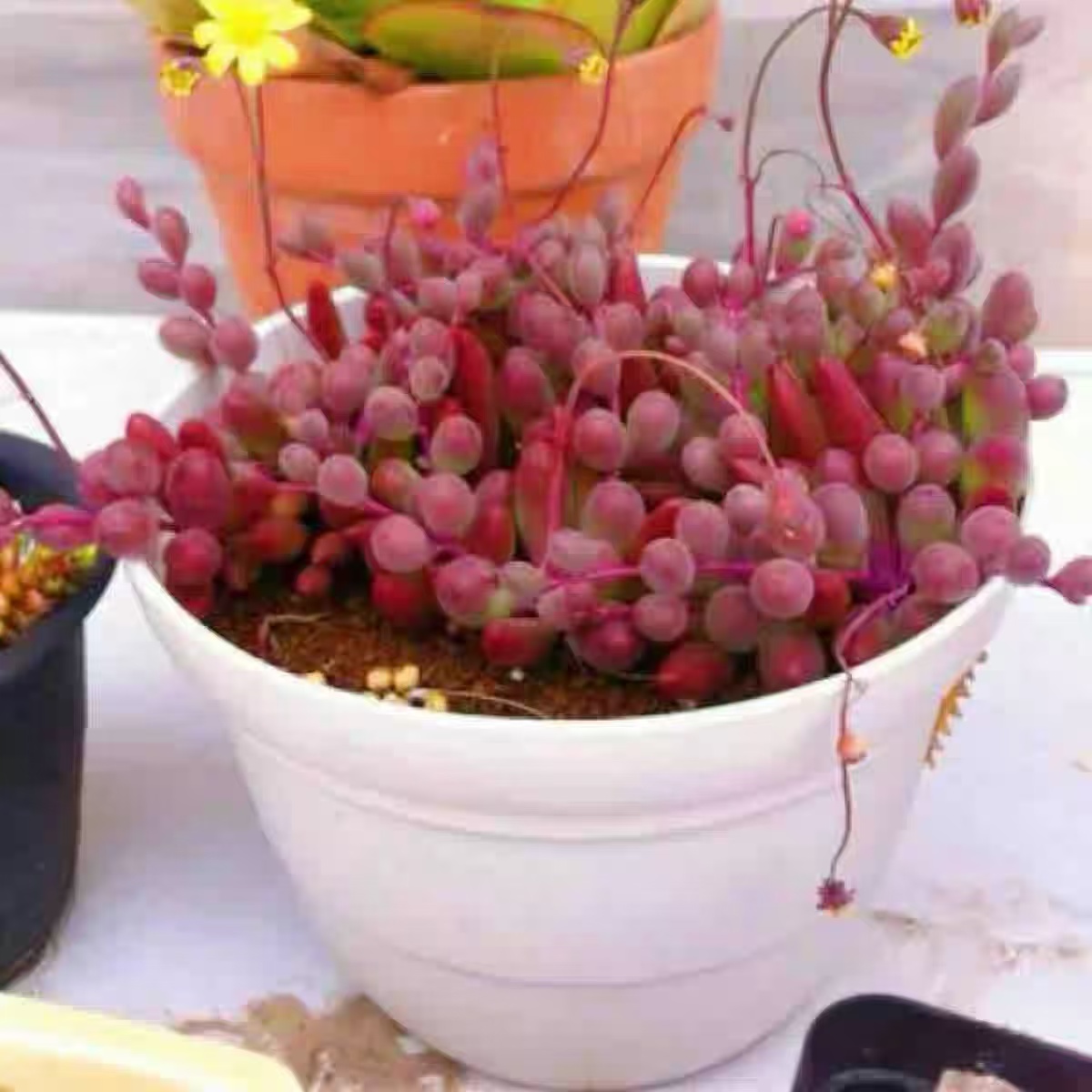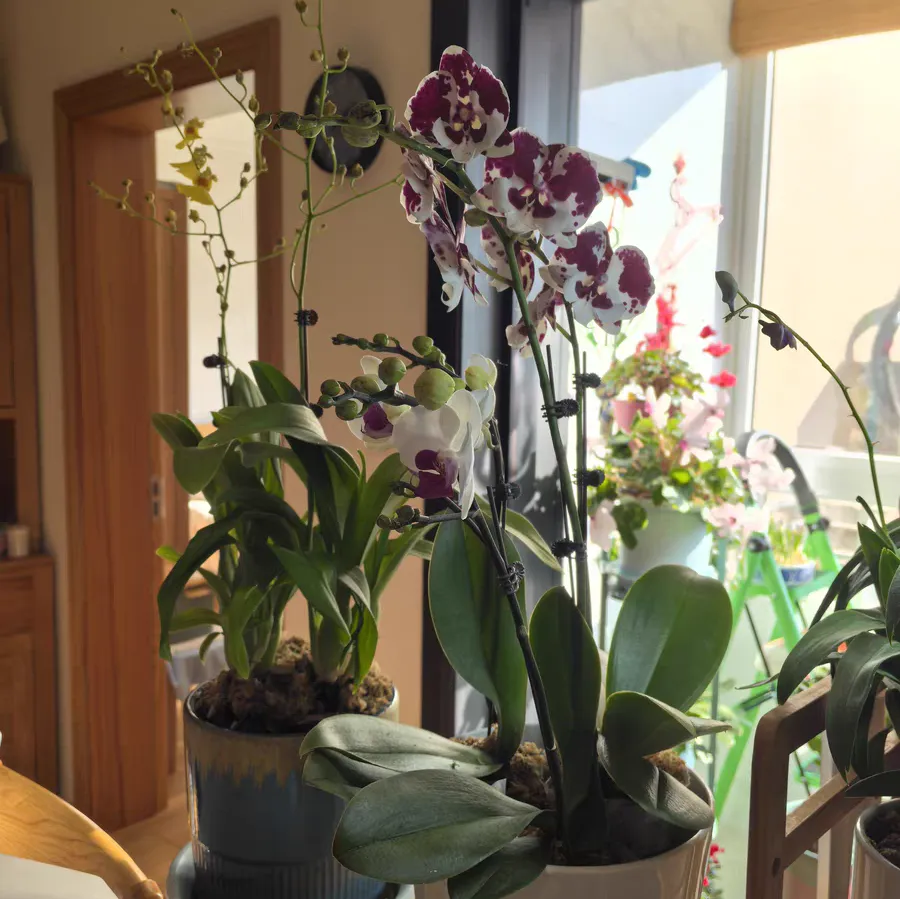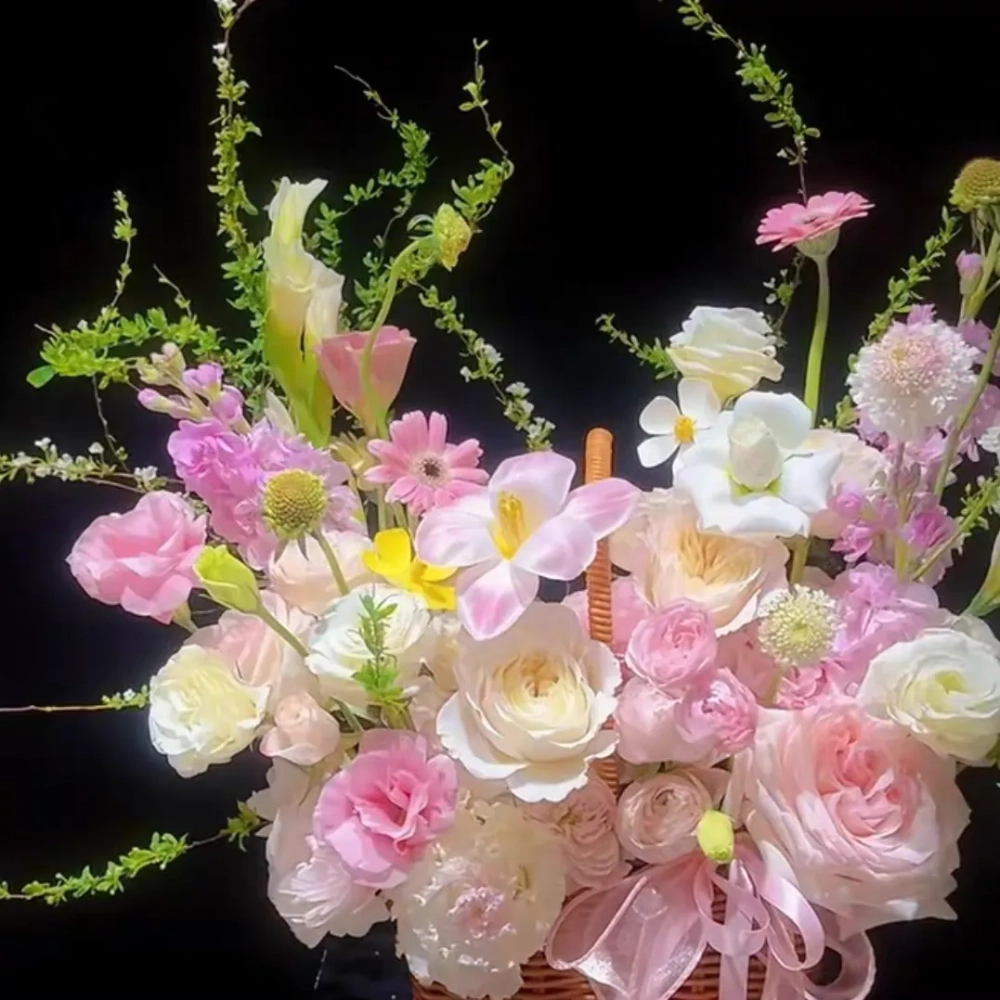Roof gardens, as an oasis in modern cities, are a perfect combination of garden design and interior design. They ingeniously introduce green plants into urban spaces, adding a touch of natural beauty and ecological value to the concrete jungle. Roof gardens can not only increase the green coverage rate of cities, improve the urban environment, but also alleviate the urban heat island effect, save energy and reduce emissions, improve air quality, and enhance biodiversity. Therefore, roof gardens have become an indispensable part of modern urban construction.
The success of a roof garden largely depends on the choice of plants. When choosing plants for roof gardens, we need to consider multiple factors comprehensively to ensure that the plants can thrive in the special environment of the roof and at the same time show the best landscape effects.
Plants that are drought-tolerant, wind-resistant, and cold-resistant: The environment on the roof is relatively harsh, and plants need to have strong adaptability and resistance. Drought-tolerant plants can grow normally with limited water supply. For example, Sophora japonica var. pendula has strong drought tolerance and is not strict about its growth environment, making it one of the preferred choices for roof gardens. Wind-resistant plants can withstand strong winds and maintain a stable form. For example, pine and cypress trees have developed root systems and dense branches and leaves, acting as the "magic needles" in roof gardens. Cold-resistant plants can survive in cold winters. For example, Hippophae rhamnoides has strong cold resistance and can grow under harsh climatic conditions, adding a tenacious vitality to roof gardens.
Shallow-rooted plants: The soil layer of roof gardens is relatively thin and cannot accommodate the growth of deep-rooted plants. Therefore, we need to choose shallow-rooted plants to avoid damage to the roof structure. Shallow-rooted plants such as Portulaca oleracea and Mentha haplocalyx have their roots mainly concentrated in the surface layer of the soil. They are not demanding on the soil and are easy to manage. These plants can not only adapt to the growth environment of roof gardens but also show unique landscape effects in a limited space.
Plants suitable for the local climate: The growth habits of plants are closely related to the climatic environment where they are located. When choosing plants for roof gardens, we need to screen them according to local climatic conditions. For example, in warm and humid regions, we can choose plants that like warm and humid conditions, such as Fraxinus chinensis; in cold and dry regions, we can choose plants that are cold-resistant and drought-resistant, such as Elaeagnus angustifolia. By choosing plants suitable for the local climate, we can ensure that the plants grow healthily in roof gardens and at the same time show the best landscape effects.
Considering the growth habits of plants: The growth habits of plants are also important factors to consider when choosing plants for roof gardens. For example, some plants like direct sunlight, while others prefer a semi-shaded environment; some plants grow rapidly and need frequent pruning, while others grow slowly and are easy to manage. When choosing plants, we need to match them according to the actual situation of the roof garden and the growth habits of the plants to ensure that the plants can grow healthily in the roof garden and meet our landscape needs at the same time.
Diverse plant combinations: In roof gardens, the art of plant combinations is equally important. Through diverse plant combinations, we can create rich and colorful landscape effects and at the same time increase the ecological value of roof gardens. When choosing plants, we can consider factors such as the forms, colors, and flowering periods of different plants and combine them ingeniously to form landscape effects with rich layers and bright colors. For example, we can combine tall trees with low shrubs and match evergreen plants with deciduous plants to create roof gardens that change with the seasons and are full of vitality.
Roof gardens are an oasis in modern cities. They can not only improve the urban environment and the quality of life but also bring us endless surprises and beauty. When choosing plants for roof gardens, we need to consider multiple factors comprehensively to ensure that the plants can thrive in the special environment of the roof and at the same time show the best landscape effects.
How to Choose Plants for Roof Gardens?

Share with
Tagged in :




Leave a Reply